Newly established in September 2021, the Xiao Museum of Contemporary Art occupies two floors in a skyscraper in the heart of Rizhao city, with eight exhibition spaces of a total area of over 5,500 square meters. Born in 1994, the founder Ding Yixiao is one of the youngest collectors in China to own a private art museum. Having graduated from UCLA in 2015, Ding Yixiao began collecting contemporary art in 2018. With the support of a professional curatorial and operation team, he has transformed his private collection into a publicly accessible art space in his hometown, Rizhao, away from the popular top-tier cities like Beijing and Shanghai. In doing so, he is bringing first-time contemporary art experience to some of the local audience.
LARRY’S LIST spoke with Ding Yixiao about his collecting journey; why he is attracted to artworks that are linked to the artists’ own cultural and social background; his motivations to establish the Xiao Museum of Contemporary Art and to set it up in Rizhao; why we should pay attention to the current inaugural solo exhibition; and his future plans for his collection and private museum.

What made you start collecting art? What are your main motivations?
I first became aware of an artist called KAWS by coincidence and bought a lot of his toys and prints at that time. From this, I later bought my first contemporary art piece, a KAWS original, at Christie’s Hong Kong Spring Auction. It was only from then on that I had the opportunity to start making contact with more people who were involved in the art industry. As these contacts became more frequent, I saw more and more artists and artworks I wanted to collect, then the collection has developed since then till the present day. I believe every collector has a similar experience. I believe collecting art is addictive; it’s true.
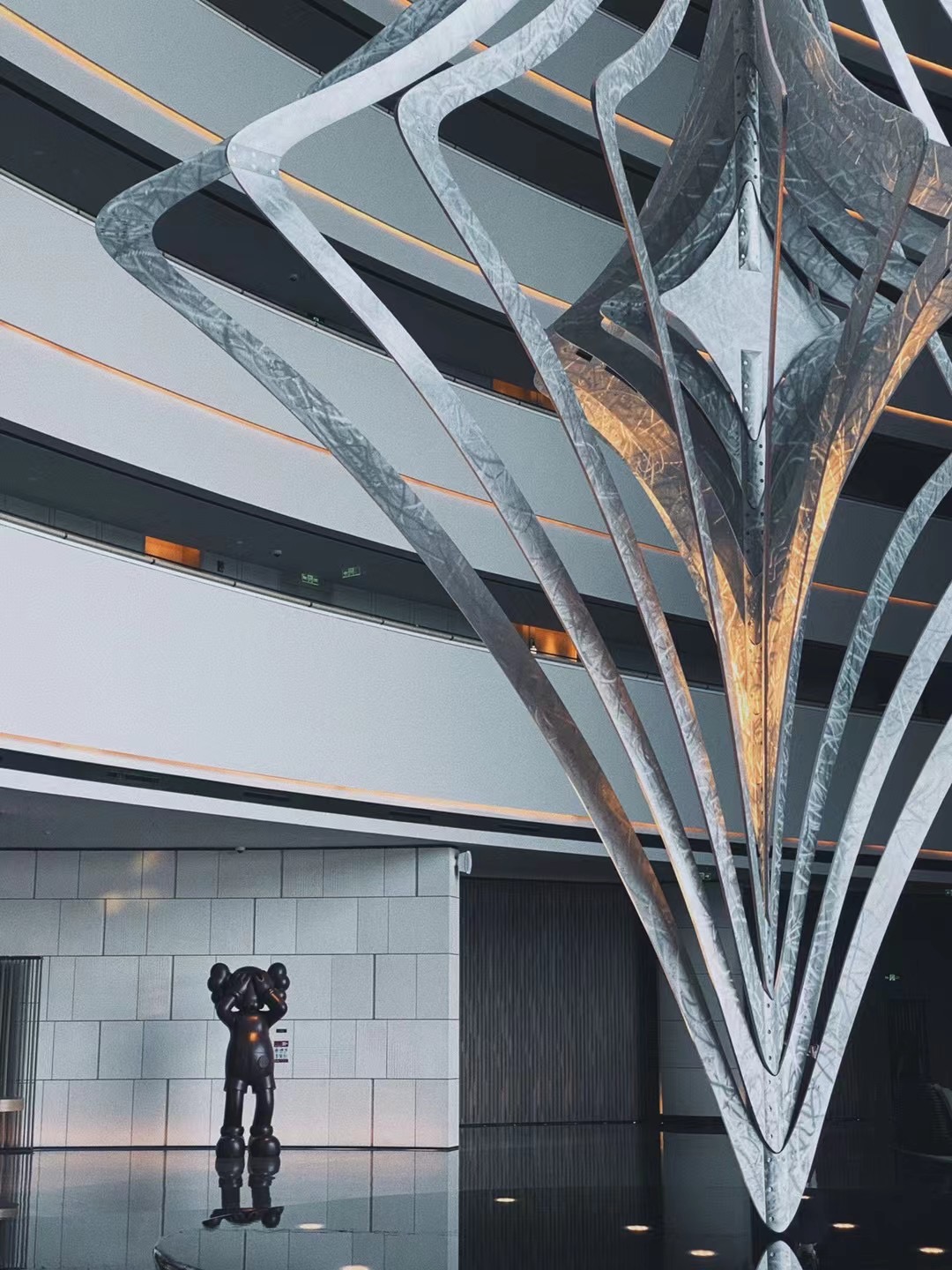
What is your focus in your collection? Are you more interested in emerging or established artists?
My team assist me by working together to select works by the most influential and established artists. I am more interested in emerging artists and in keeping track of their growth. Together we improve the collection by taking in an array of works by both established and emerging artists.
As your experience has grown, have there been any changes in preferences and tastes over the past three years?
Of course. I started out collecting artists that were well known to everyone. But now I am more interested in the growth of new and emerging artists, who work in more diverse mediums rather than painting and sculpture. I now also refer to the findings of our academic team at the museum. The team includes artists, curators, and art writers. They regularly produce reports and recommendations on currently active artists.
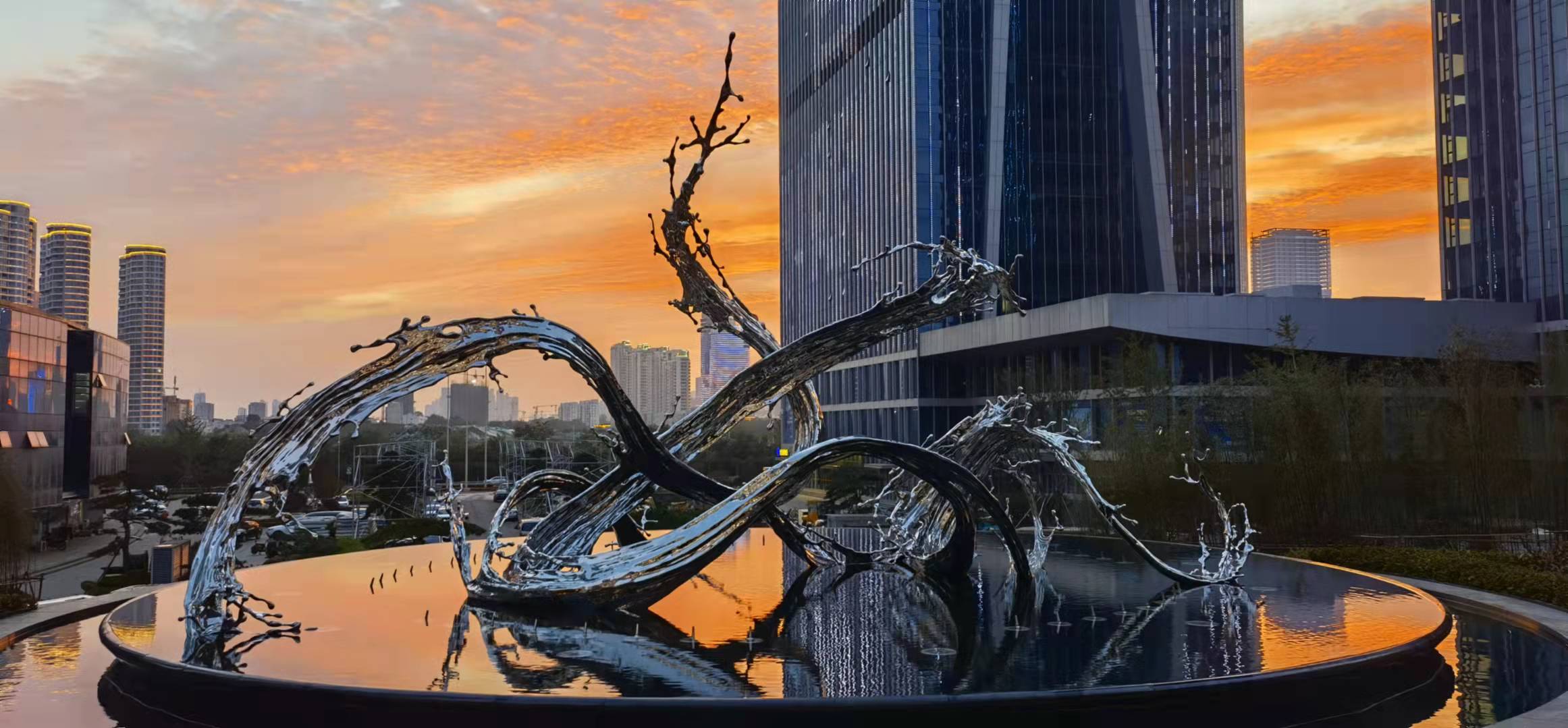
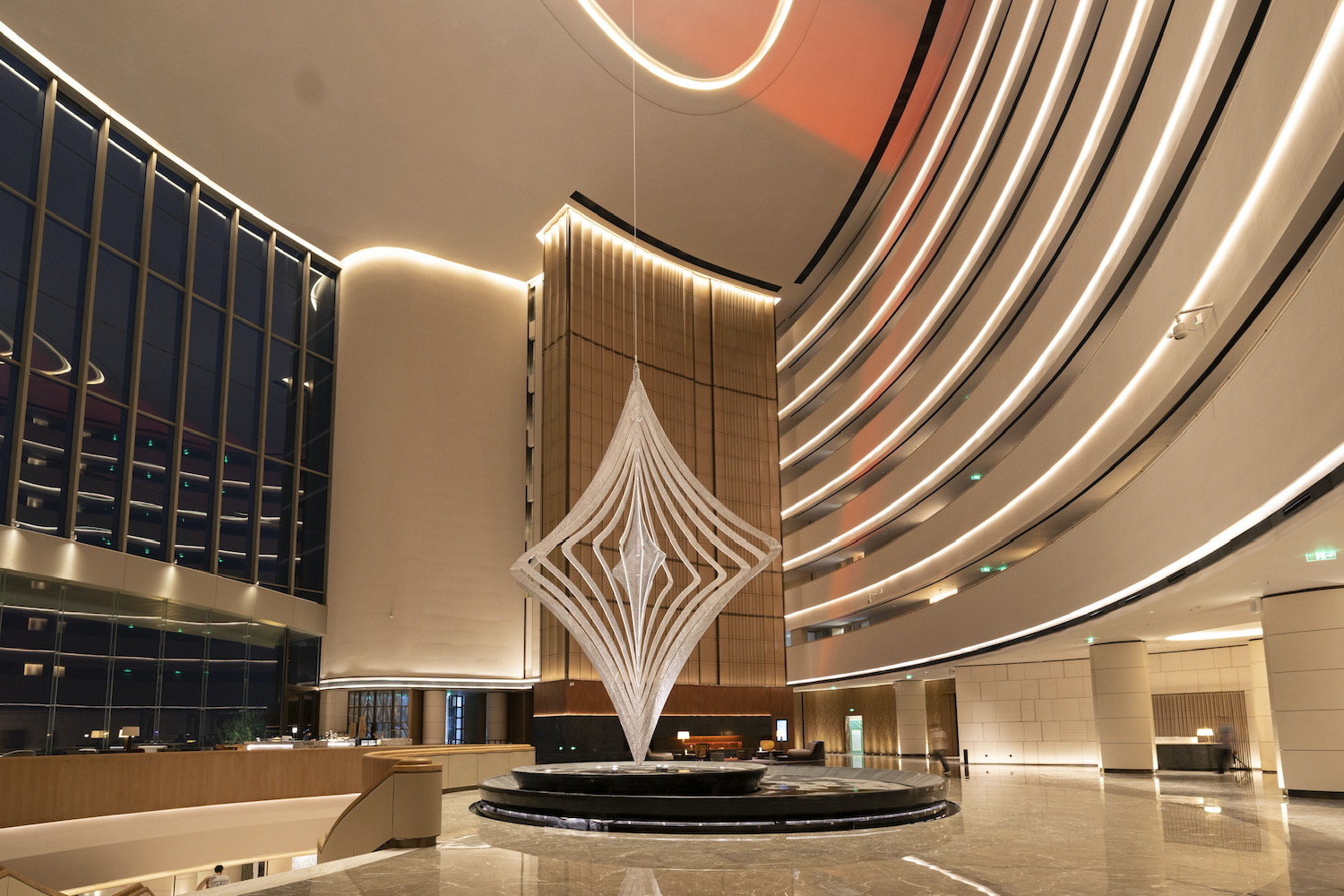
What is your latest purchase?
A series of monotypes and silver gelatin prints by Sanya Kantarovsky, which are about his childhood and his family. The relationship between light and shadow in the works is somewhat dreamlike and inexplicably intimate, easily inviting the viewer to step into his inner world. I love this series, and I’m very happy to have this opportunity to introduce them to the Chinese audience.
An artist’s work is always linked to his own cultural and social background, is this something you pay particular attention to?
Absolutely. There are many artists in my collection who are concerned with their identity and cultural background. The artist Rashid Johnson is one example. We are also planning a group exhibition of works by female artists to open this year. Currently, I am also becoming more interested in young Chinese artists, such as Gao Lei. He is a Christian; his works are mostly related to the faith of human beings. His work carries a sense of divinity and timelessness.

Is it important for you to meet the artists?
It’s very important. Meeting the artist gives me the opportunity to get to know the artist’s work in depth. Also, talking to the artist allows me to see the different layers of art from his or her point of view. Like collecting, it allows me to experience the art more and is important for my growth.
What has been your happiest moment in art?
Art is my biggest hobby, not my main occupation. If there is one moment in the pursuit of this hobby that makes me happiest, it has to be when I see the original piece that I love appear in front of me.

What is your art-world pet peeve?
The most unpleasant experiences have to do with a few institutions that are not communicative enough. They can misunderstand the artist’s interests and the collector’s tastes. Some of the purchase agreements are very unreasonable. And occasionally, the information given about the work or the artist does not correspond to reality. It is disappointing when this happens.
Why has art become important in your life? Is it a passion or an obsession, or both?
I’ve always told people that art is addictive. Art is everywhere in life, the difference is whether you have the time and the eye to discover it. I think the thing that attracts most people to art nowadays is that it is related to life. More and more people are enjoying the beauty of art integrated into their lives. The more they like art, the more important art becomes to them.
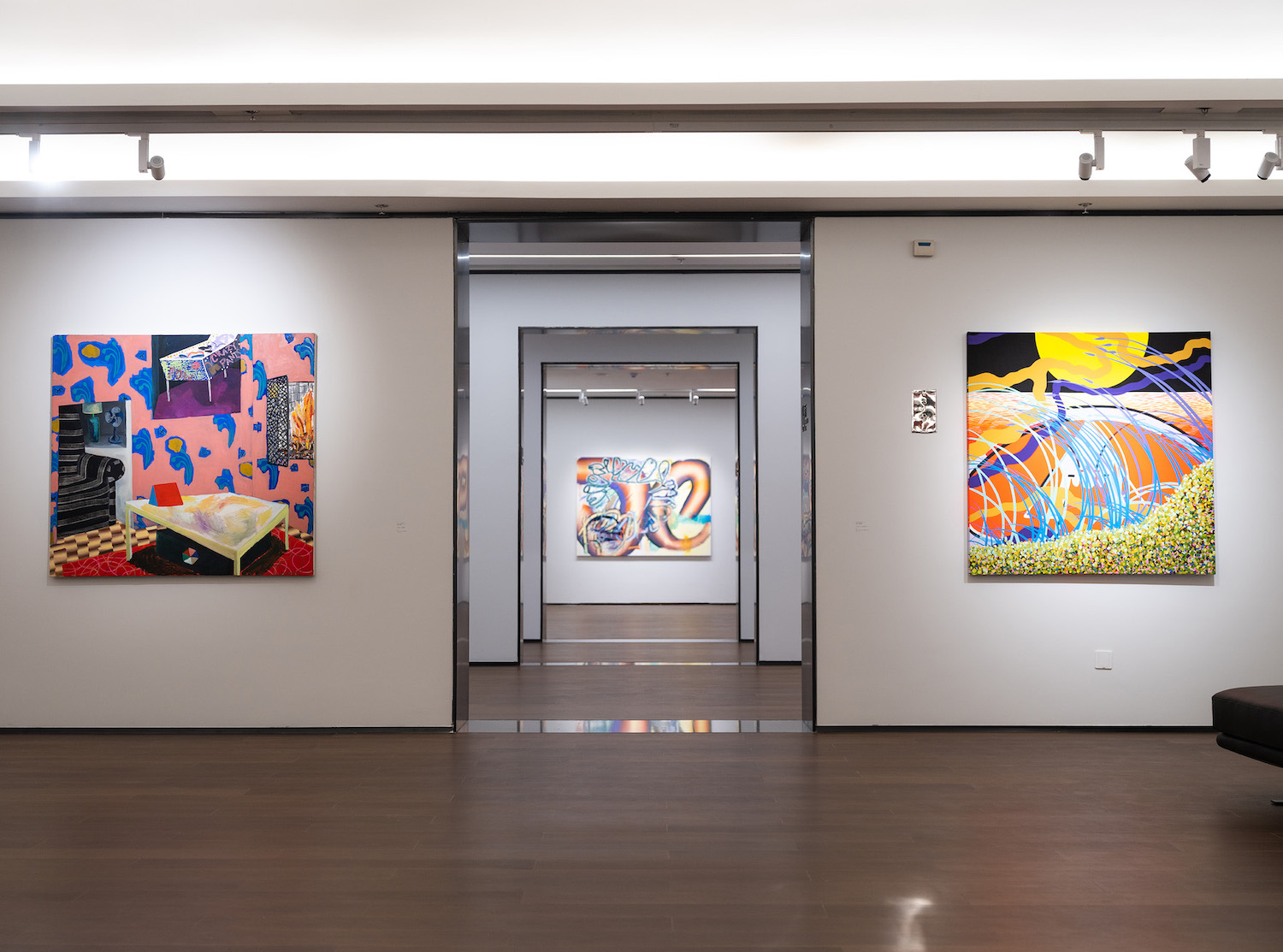
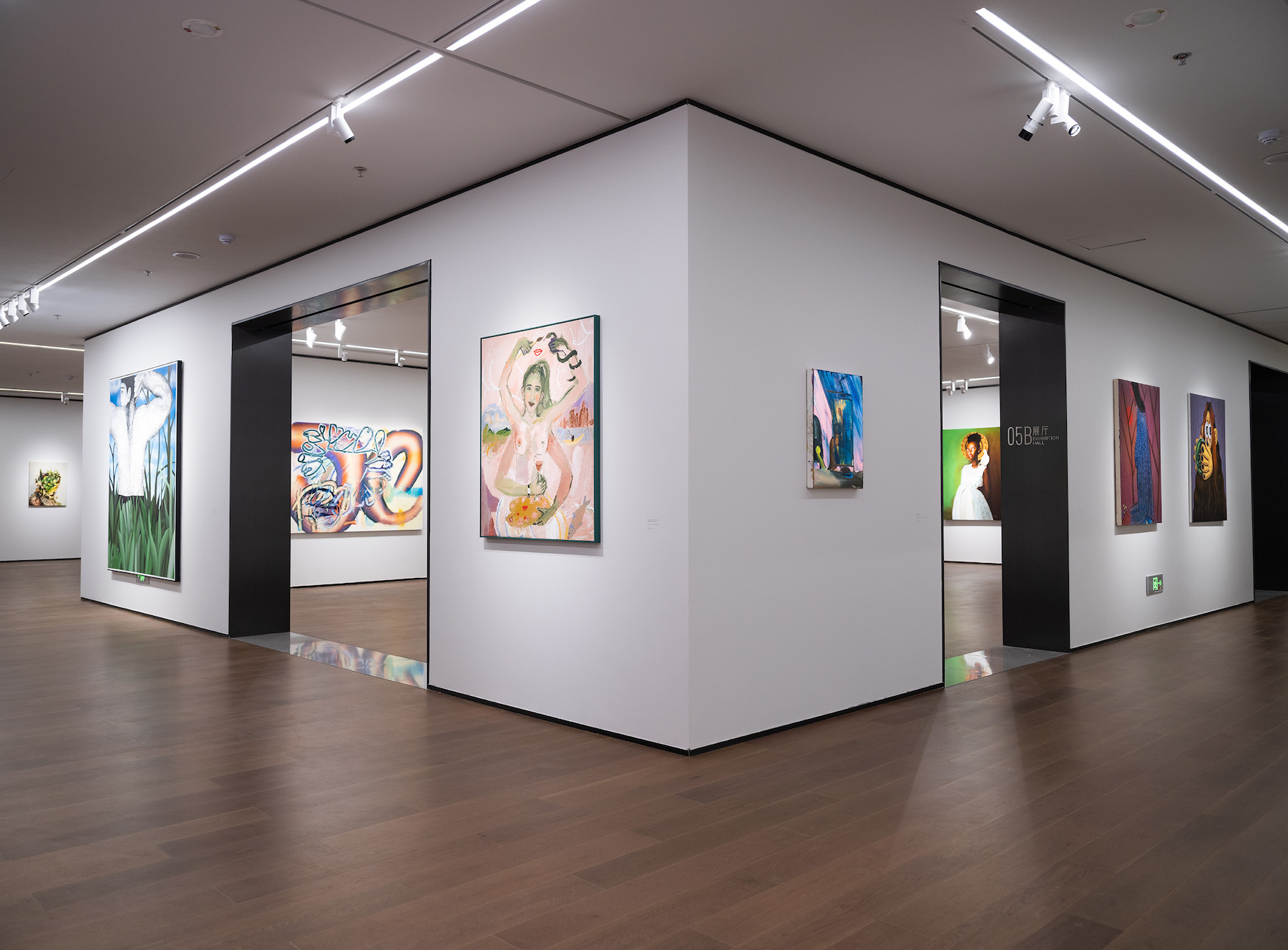
It has been over three years since you started collecting contemporary art in 2018. Then, the establishment of the Xiao Museum of Contemporary Art is a milestone. What was the reason for opening this museum? How did you prepare for it?
The reason for opening Xiao Museum was simple: many collectors buy artworks and pile them up in a warehouse, with only a very small percentage of them on view. I want every piece in my collection to be accessible for the public. This way, more people can appreciate the work and develop interest in art. It wasn’t until later that I set up a professional team to run the museum. When the museum received more attention from the city of Rizhao, I felt a greater sense of social responsibility. Currently, we have exhibitions planned for the next three years. These exhibitions will be more concerned with the relationship between the museum and the local community. It will be the first time for some of the local audience to see a contemporary art exhibition. We are also building a professional collection management system and an international artist residency program.
Is there any other reason why the museum is built in Rizhao, apart from being your hometown?
The number of art museums in Shandong province is among the highest in China, but most of them are focused on traditional art. There are very few art museums that exhibit contemporary art, despite this region having an appetite for cultural institutions. This is why I insisted on opening the museum in Rizhao. I think the locals, especially the younger generation, have a great appetite for diverse and international aesthetics. We need to give them the opportunity to physcially witness contemporary art. In fact, the aesthetics of the younger generation, the millennials, are already very international, not only in Shandong but also across China. Driven by the increasingly rapid development of China, contemporary art will become a trendsetter for art and culture in every region. In the future, it will certainly have an important impact on the overall social aesthetics.
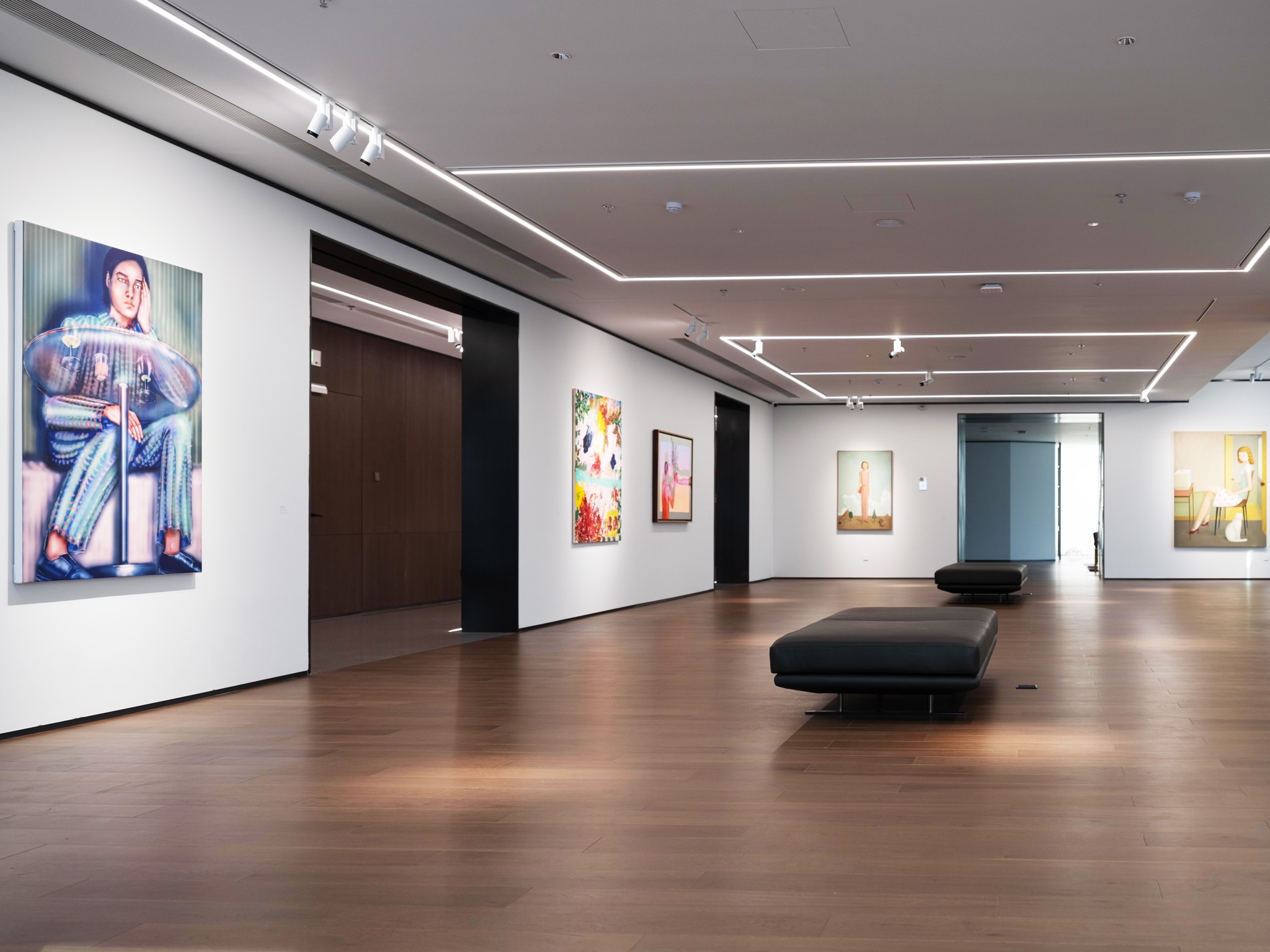
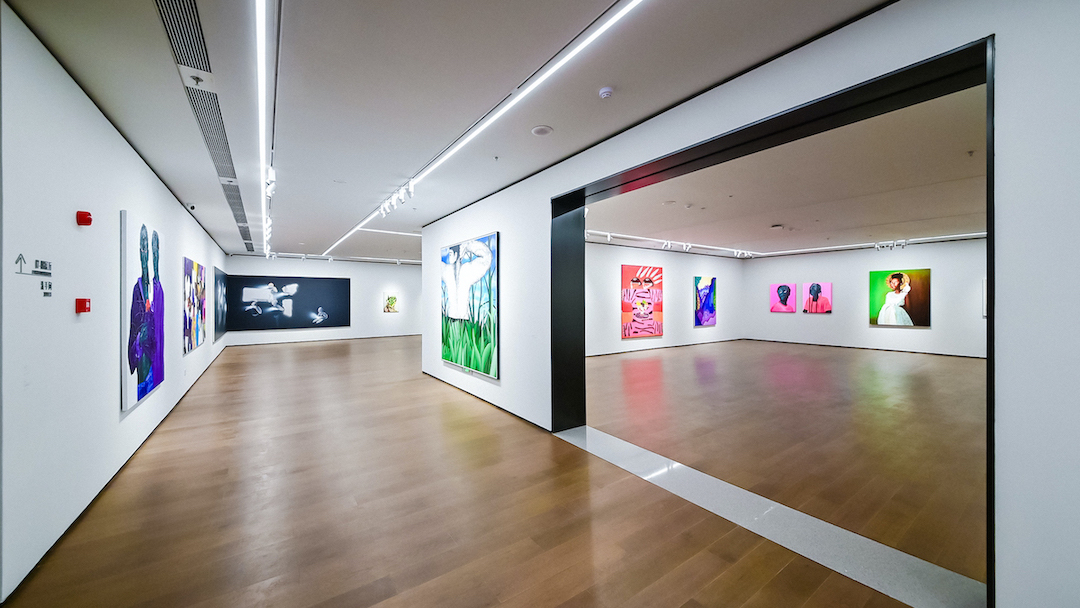
The opening exhibition is a solo exhibition “The Sun Is in My Eyes” by Wang Jiajia, artist of a new generation. What is the significance of this exhibition?
Jiajia is a very imaginative artist. From the colours in his work, you can sense that he has a rich inner world. He hopes the world to become a better place and everyone lives happily every day. He wants his works to shine like sunlight into everyone’s eyes. This is why he named his solo exhibition “The Sun Is in My Eyes”. Coincidentally, Jiajia is the first Chinese artist in my collection. Therefore, putting him in the opening is quite significant for me.
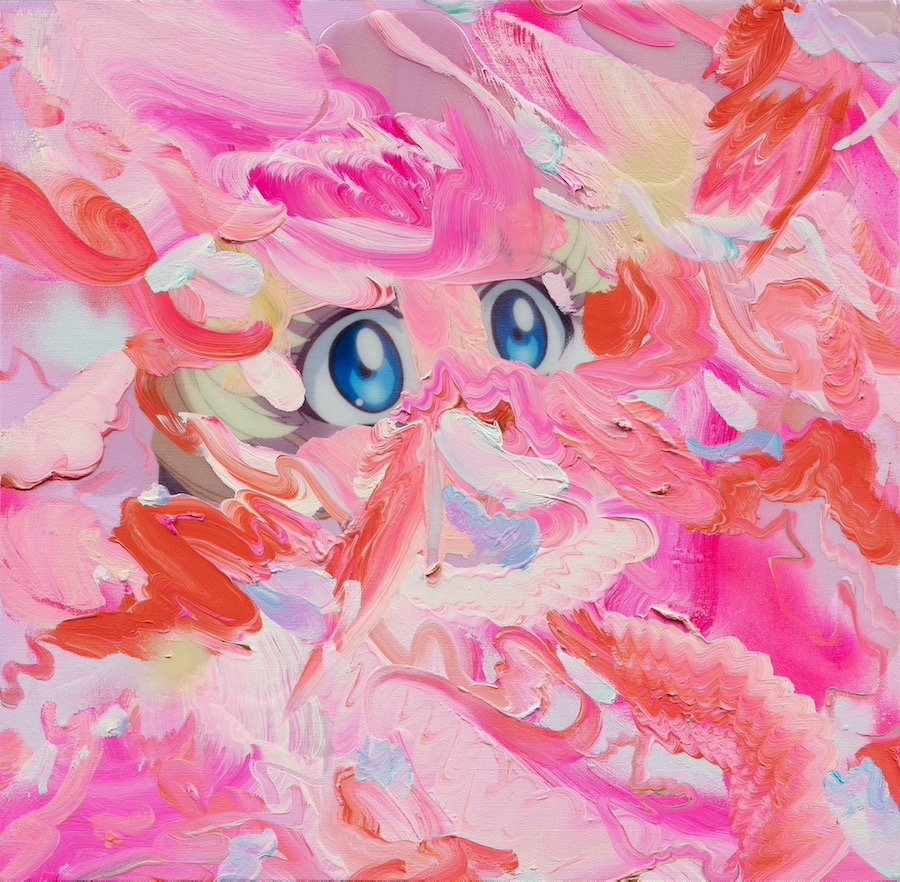
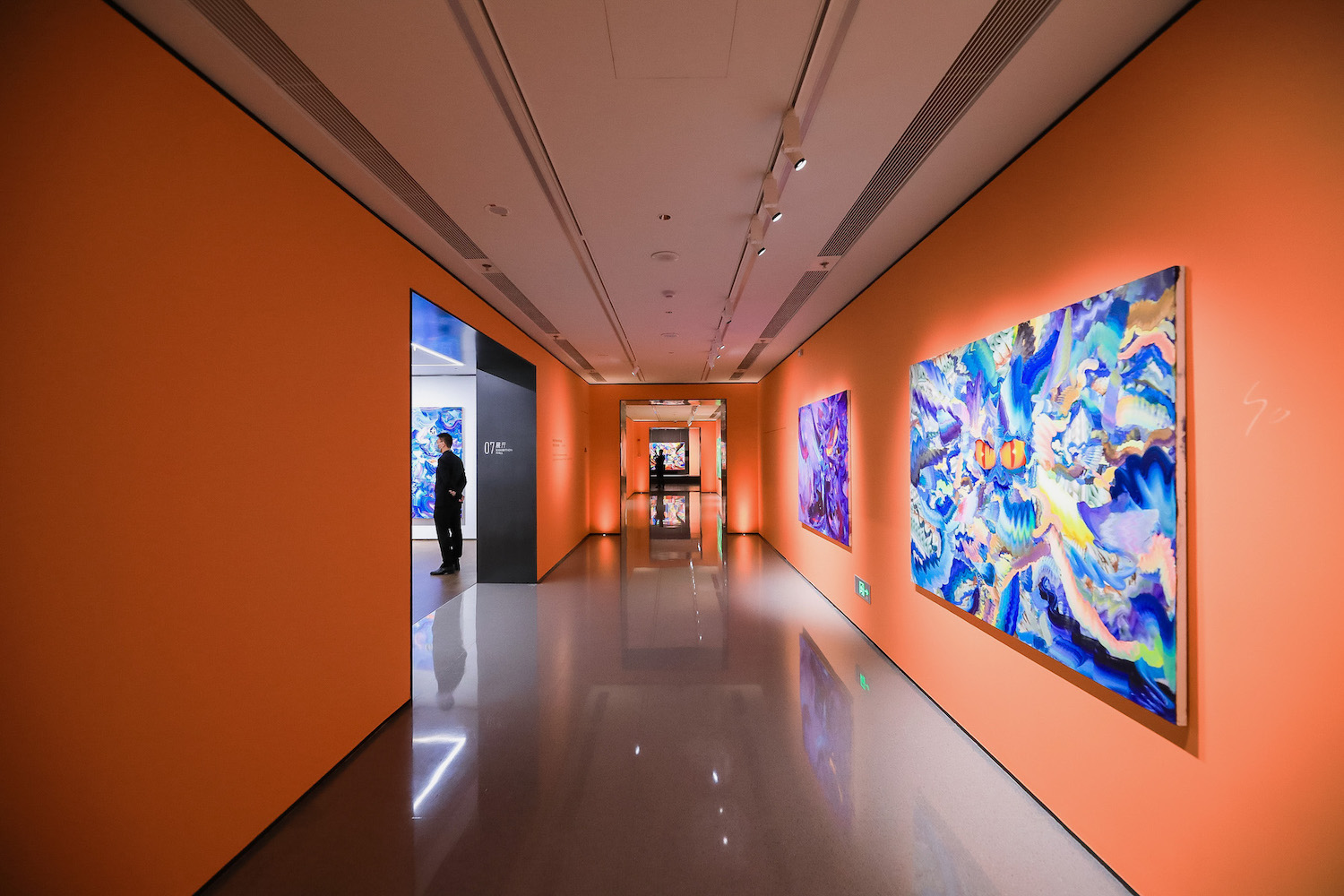
What are the plans for your collection and the museum in the future?
I am the investor and initiator of the Xiao Museum of Contemporary Art. Even though I have collected a lot of artworks, or I might have a unique eye for art, running an art museum requires a breadth of skills I am picking up as we go. Since I did not go to art school or study art, I am learning more about art from an academic standpoint now.
Our museum’s director is Liu Yushan, who is also originally from Rizhao, and I am very lucky to have her in my team. Yushan has the knowledge that I don’t have. She is also an independent artist, with many years of experience working in New York institutions. Her leadership of our museum team will help put our collection and collecting practices on the right path. I understand that there is a big difference between a private collection and an art museum. A museum has a lot more responsibility than an individual collector. It is important to prioritize the long-term development of the museum as a public cultural institution. Whether it is for the collection or an exhibition, we keep this in mind as we choose artworks with particular care.
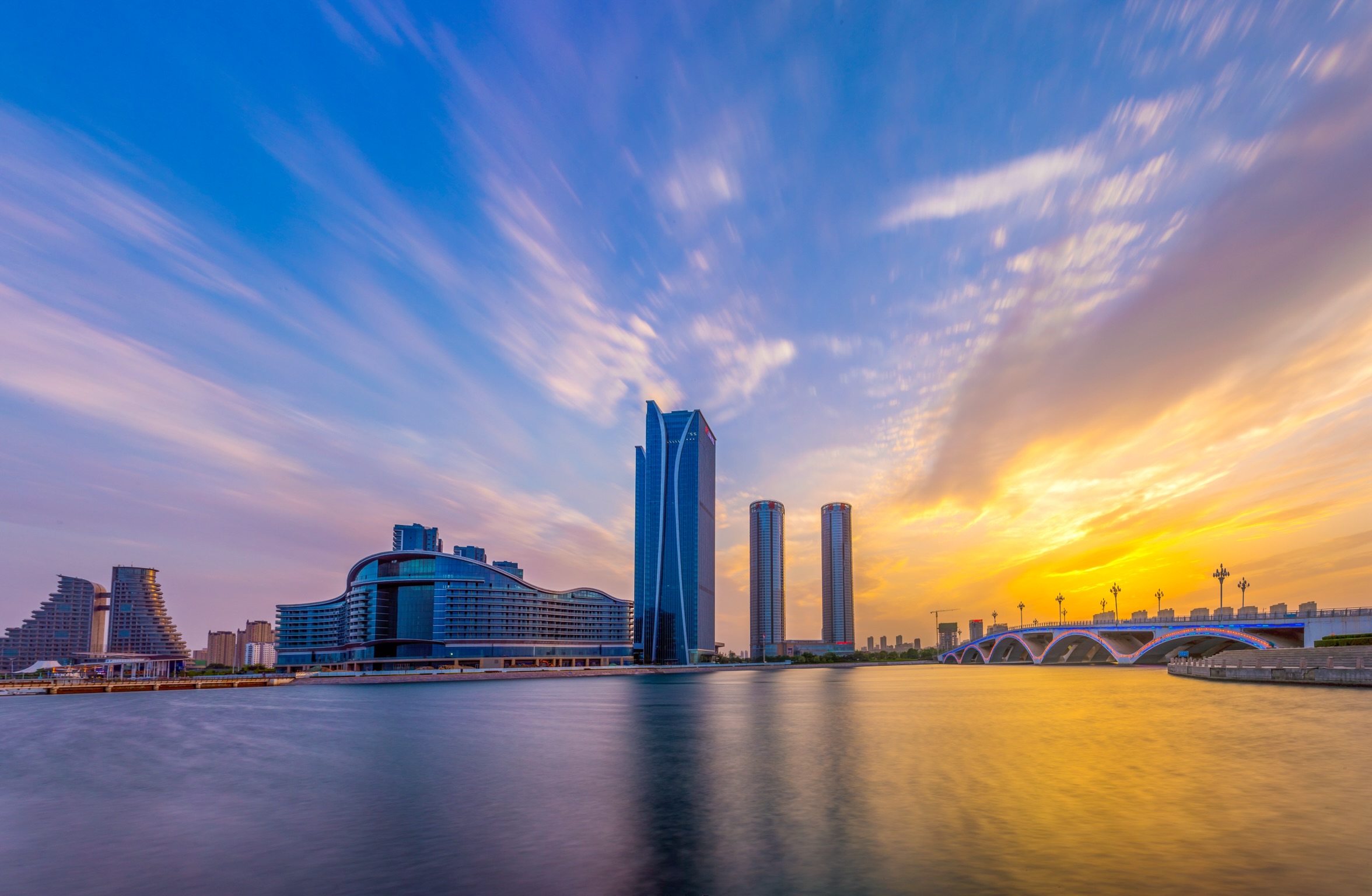
Instagram: @xiaomuseum
By Tyra Wang and Ballad Liao





